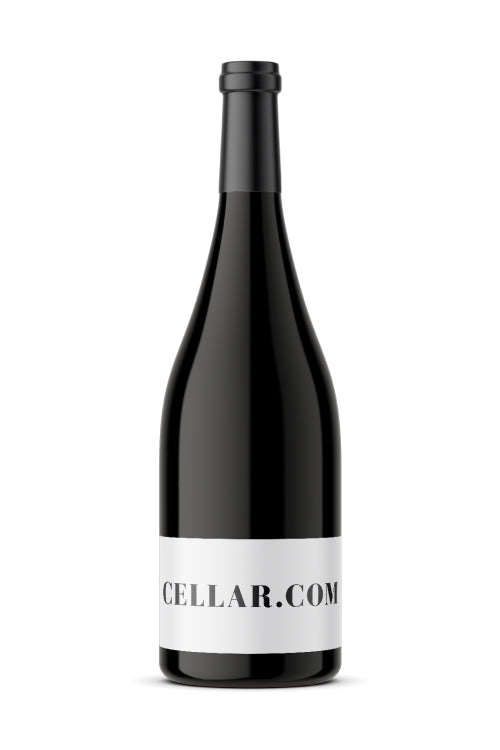1
/
of
1
Penfolds Grange - 2004 (750ml)
Penfolds Grange - 2004 (750ml)
Regular price
$499.99
Sale price
$499.99
Regular price
$699.99
Unit price
/
per
The 2004 vintage was outstanding in Barossa, McLaren Vale, and Magill, the regions where the grapes were sourced for the marvelous 2004 Grange. It contains 4% Cabernet Sauvignon and was aged for 16 months in 100% new American oak hogsheads. A glass-coating opaque purple color, it displays a superb nose of wood smoke, Asian spices, incense, game, blueberry, and blackberry liqueur. Medium to full-bodied, satin textured, with deeply layered, succulent blackberry, plum, and chocolate flavors, it has the structure and complexity to merit extended cellaring of a decade and more. The winery estimates a drinking curve of 2016 to 2050; I'd be a bit more conservative on the long end of the range. It will ultimately be seen as one of the great vintages of Grange.
Importer: Southcorp Wines USA; www.penfolds.com.au
Wine Advocate - 99 points
Importer: Southcorp Wines USA; www.penfolds.com.au
Wine Advocate - 99 points
Share :

- varietal
- Region
- Sub - Region
- Type
- Reviews
Product Review
The 2004 vintage was outstanding in Barossa, McLaren Vale, and Magill, the regions where the grapes were sourced for the marvelous 2004 Grange. It contains 4% Cabernet Sauvignon and was aged for 16 months in 100% new American oak hogsheads. A glass-coating opaque purple color, it displays a superb nose of wood smoke, Asian spices, incense, game, blueberry, and blackberry liqueur. Medium to full-bodied, satin textured, with deeply layered, succulent blackberry, plum, and chocolate flavors, it has the structure and complexity to merit extended cellaring of a decade and more. The winery estimates a drinking curve of 2016 to 2050; I'd be a bit more conservative on the long end of the range. It will ultimately be seen as one of the great vintages of Grange.
Importer: Southcorp Wines USA; www.penfolds.com.au
Importer: Southcorp Wines USA; www.penfolds.com.au
Product Score
99
Depending on where it's grown and how it's made, the variety has two names. In France, where it goes by Syrah, it makes a huge contribution to the red wines of the Rhone Valley. In the southern Rhone villages of Chateauneuf-du-Pape, Gigondas, and Vacqueyras it is blended with a number of varieties but mainly Grenache. It is in the northern Rhone, including Hermitage, Crozes-Hermitage,Côte-Rôtie, St. Joseph, where it most often stands out on its own, and is only occasionally blended with the region's white grapes. More recently, in the late 20th Century, Shiraz has put Australian producers such as Penfolds and d’Arenberg on the fine wine map, with cult wines like "Grange" and "The Dead Arm". Generally speaking, the style from the old world is more savoury, expressing aromas of pepper, cured meat and leather. The hotter climate experienced in Australia results in more upfront, dense and even jammy fruit. The grape has also taken off with rapid success in California and Washington, as well as South Africa and New Zealand. Producers in these regions often name their varietal wines according to the style they intend.
Accounting for nearly half of the country’s production, South Australia is one of the most important wine producing regions and consequently reflects the majority of our selection of Australian wine. Production is focused in the south eastern corner around Adelaide where the sub-regions Barossa Valley, McLaren Vale, Adelaide Hills, and Clare Valley are located. Further south in the state is the Limestone Coast Zone where the cooler sub-regions of Padthaway and Coonawarra produce some of the country’s finest Cabernet Sauvignon.
NULL
Red wine is wine made from dark-coloured grape varieties. The color of red differs based on the grapes variety or varieties used.Interestingly, black grapes yield a juice that is greenish-white. The actual red color comes from anthocyan pigments (also called anthocyanins) from the skin of the grape (exceptions are the relatively uncommon teinturier varieties, which produce a red colored juice). Most of the production centers around the extraction of color and flavor from the grape skin.


